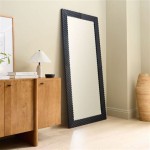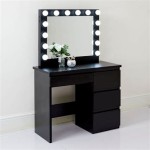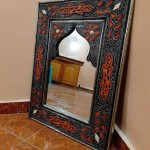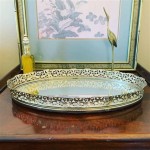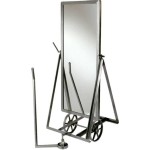How to Mirror iPhone to Macbook
Mirroring an iPhone's screen to a Macbook offers a convenient way to share content, conduct presentations, record tutorials, or simply enjoy mobile apps and games on a larger display. Several methods facilitate this screen mirroring, each with its own advantages and disadvantages. Choosing the right method depends on the specific needs and available software/hardware.
Using AirPlay with QuickTime Player
One of the simplest methods leverages AirPlay, Apple's proprietary wireless streaming technology. This requires a compatible iPhone, Macbook, and a shared Wi-Fi network. QuickTime Player, a pre-installed application on macOS, acts as the receiver for the mirrored content.
To initiate screen mirroring, connect both the iPhone and Macbook to the same Wi-Fi network. Open QuickTime Player on the Macbook. From the File menu, select "New Movie Recording." A small window will appear, displaying the Macbook's camera feed by default. Next to the record button, click the dropdown arrow and select the iPhone as the camera and microphone input. The iPhone's screen will then be mirrored to the Macbook.
This method is straightforward and readily accessible, requiring no additional software installation. However, QuickTime mirroring can be resource-intensive, potentially impacting Macbook performance, particularly on older models. Additionally, audio quality can be susceptible to latency issues.
Using AirPlay with Reflector 3 (Third-party Software)
Reflector 3 is a third-party application designed specifically for wireless screen mirroring. It supports AirPlay, Google Cast, and Miracast, making it compatible with a wide range of devices. Unlike QuickTime, Reflector 3 focuses solely on screen mirroring, offering enhanced performance and features tailored to this purpose.
After installing and launching Reflector 3 on the Macbook, ensure both devices are on the same Wi-Fi network. On the iPhone, access the Control Center and tap the "Screen Mirroring" icon. Select the Macbook from the list of available devices. The iPhone's screen will then be mirrored within the Reflector 3 window.
Reflector 3 provides advantages over QuickTime, including better performance, customizable frames around the mirrored screen, and the ability to record the mirrored content directly within the application. However, Reflector 3 requires a paid license after a trial period.
Using a USB Cable with QuickTime Player
For a more stable and higher-quality connection, a wired connection via USB offers a reliable alternative to wireless methods. This approach also leverages QuickTime Player.
Connect the iPhone to the Macbook using a compatible USB cable. Open QuickTime Player and select "New Movie Recording" from the File menu. Choose the iPhone as both the camera and microphone input from the dropdown menu next to the record button. The iPhone's screen will then be mirrored to the Macbook, providing a lag-free and high-fidelity mirroring experience.
Wired mirroring through USB eliminates potential Wi-Fi interference and provides a consistently smooth experience. However, it restricts mobility due to the wired connection.
Mirroring Specific Applications
Certain applications offer built-in screen mirroring functionality, circumventing the need for system-wide mirroring. This approach is particularly useful when presenting specific content or demonstrating a particular app's features.
Applications like Keynote, PowerPoint, and some video players offer AirPlay compatibility directly within their interfaces. When presenting, users can select the AirPlay icon and choose their Macbook as the output device. Only the content within the chosen application will be mirrored, preserving privacy and minimizing resource usage.
This application-specific mirroring provides a focused and efficient way to share content without mirroring the entire iPhone screen. However, this functionality depends on the individual application's support for AirPlay or similar technologies.
Choosing the Right Mirroring Method
The optimal mirroring method depends on several factors, including the required quality, desired convenience, and available resources. QuickTime Player offers a readily available solution for basic mirroring, while Reflector 3 provides enhanced features and performance for frequent users. A wired USB connection delivers the most stable and highest-quality mirroring experience, while application-specific mirroring offers targeted content sharing. Considering these factors allows for a tailored approach to iPhone-to-Macbook screen mirroring.

How To Mirror Iphone Display Macbook Ios 12 Macos Mojave

Newest How To Mirror Iphone Mac Macbook Airdroid

How To Screen Mirror Iphone Macbook 2024

2024 Updated How To Mirror Iphone Mac With 5 Methods

How To Mirror Iphone Mac Without Wi Fi

How To Screen Mirror Ios 13 Iphone A Mac Or Windows Computer Wirelessly

2024 Updated How To Mirror Iphone Mac With 5 Methods

How To Mirror Iphone Mac 2024

How To Use Apple Airplay Mirror Your Iphone Mac Screen On Tv Roku And More Cnet

How To Mirror Iphone Mac 8 Methods

